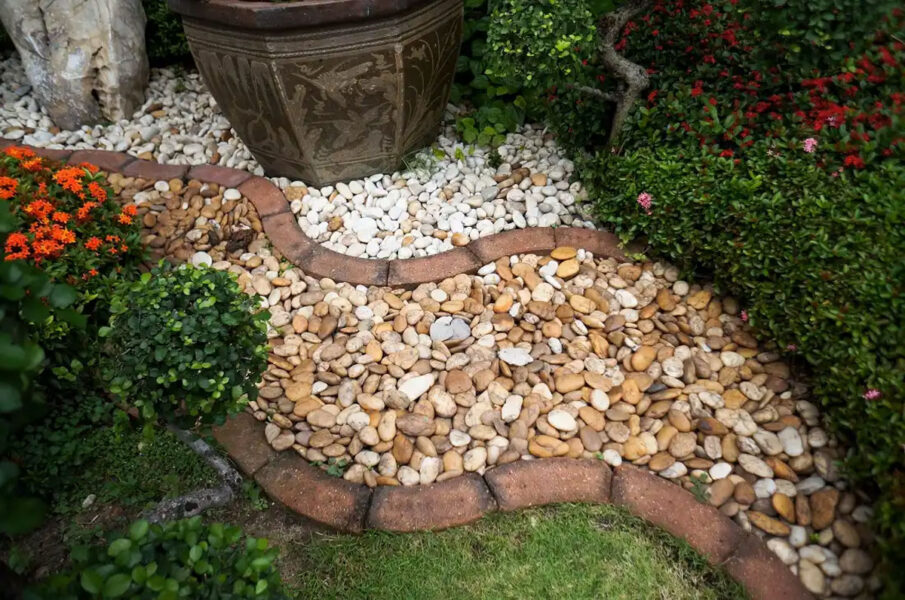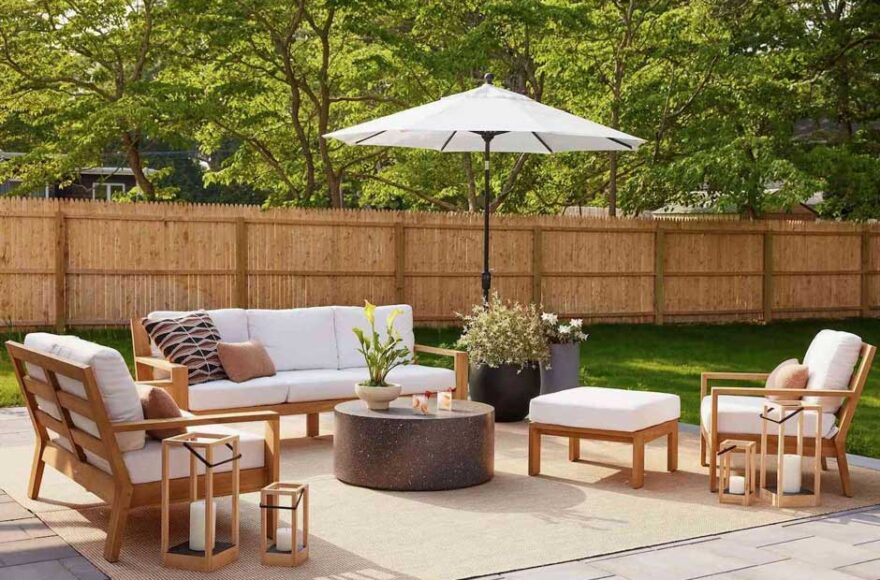7 Creative Ways to Use Decorative Gravel in Landscaping

When it comes to landscaping materials, few options are as versatile and visually appealing as decorative gravel. Unlike plain crushed stone or mulch, decorative gravel comes in a wide variety of colors, shapes, and textures, allowing homeowners and landscapers to add both function and style to outdoor spaces. Whether you’re looking for a practical groundcover or a bold design element, gravel can transform your yard into a low-maintenance and eye-catching retreat.
Here are seven creative ways to use decorative gravel in landscaping projects:
1. Stylish Walkways and Garden Paths
One of the most popular uses for decorative gravel is in walkways. Gravel paths provide a natural look that blends seamlessly into outdoor environments, and they’re often easier and more affordable to install than pavers or concrete. By choosing different sizes or colors of gravel, you can create a pathway that complements the surrounding landscape while keeping foot traffic off delicate grass or garden areas.
2. Low-Maintenance Groundcover
Decorative gravel is an excellent alternative to mulch. Unlike organic mulch, it doesn’t break down or need to be replaced each season. It also helps suppress weeds, retains soil moisture, and adds a polished finish to planting beds. Using gravel as groundcover is particularly effective in areas with harsh sunlight, where mulch might dry out or blow away.
3. Accenting Water Features
Gravel pairs beautifully with fountains, ponds, and dry riverbeds. By surrounding a water feature with smooth, rounded stones or colorful gravel, you can create contrast and highlight the natural beauty of flowing water. Gravel also aids in drainage, making it practical as well as attractive for water-centric landscaping.
4. Driveway Alternatives
Traditional asphalt or concrete driveways can be expensive and require significant upkeep. Decorative gravel provides a cost-effective and eco-friendly alternative. It allows for natural drainage, reducing issues with puddling or runoff. Plus, with a wide range of stone types available, gravel driveways can be customized to match the style of your home.
5. Xeriscaping and Drought-Tolerant Designs
For homeowners in dry climates, decorative gravel is an essential material in xeriscaping—landscaping designed to reduce water use. Gravel works well alongside hardy plants like succulents, ornamental grasses, and native perennials, creating a striking look without the need for extensive irrigation.
6. Defining Outdoor Living Spaces
Decorative gravel can be used to visually separate different areas of your yard. For example, a section of gravel can define an outdoor dining space, fire pit area, or seating nook. This approach not only creates visual order but also reduces maintenance compared to grass or mulch in high-traffic areas.
7. Creating Color and Texture Contrast
One of the biggest advantages of decorative gravel is the variety it offers. By mixing colors—like bright white marble chips with darker slate—or pairing gravel with patio stones, you can add contrast and depth to your design. Even a simple gravel border around flower beds can give your landscaping a more polished, intentional appearance.
Final Thoughts
Decorative gravel is more than just a practical material—it’s a design element that can enhance the beauty and function of outdoor spaces. From pathways and driveways to garden accents and water features, it offers endless possibilities for homeowners and landscape professionals. With its durability, versatility, and wide range of styles, decorative gravel continues to be a timeless choice for creative landscaping projects.


